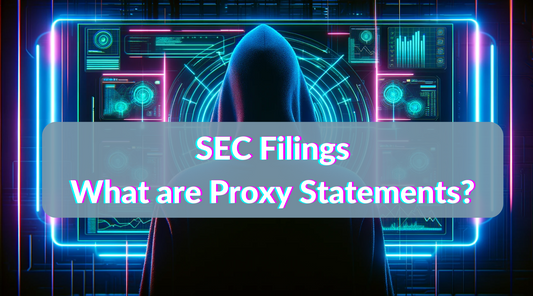
Calculating MVPHS
The Minimum Market Value of Publicly Held Shares (MVPHS) is a metric for companies listed on the Nasdaq stock exchange. It is calculated using the following steps:
- **Identify Total Shares Outstanding**: The process begins by determining the total number of shares a company has outstanding.
- **Determine Publicly Held Shares**: From the total shares outstanding, subtract any shares held by insiders such as officers, directors, or individuals owning 10% or more of the company’s shares. The resulting figure represents the publicly held shares, also known as the public float.
- **Calculate MVPHS**: Multiply the number of publicly held shares by the current market price per share. This calculation gives the market value of publicly held shares, or MVPHS.
- **Comparison with Nasdaq's Requirement**: The MVPHS is then compared to the Nasdaq's minimum requirement of $15 million. Companies listed on Nasdaq must maintain this minimum market value.
- **Issuance of Deficiency Notice**: If a company's MVPHS falls below $15 million for a continuous period of 30 days, Nasdaq issues a notice of deficiency to the company.
So in summary, MVPHS is calculated by multiplying the publicly traded shares (the float) by the share price, determining the total market value accessible to public investors. To retain their listing on the Nasdaq, companies must ensure this value remains above the $15 million threshold.
Non Compliance with MVPHS
When a stock becomes non-compliant with the Minimum Market Value of Publicly Held Shares (MVPHS), it indicates that the company's stock no longer meets the Nasdaq stock exchange's minimum market value requirements. Here are some crucial aspects of this scenario:
- The Nasdaq Global Market stipulates that companies must maintain a Minimum Market Value of Publicly Held Shares (MVPHS) of at least $15 million.
- If a company's MVPHS drops below $15 million for 30 consecutive business days, Nasdaq will issue a non-compliance notification to the company.
- Upon receiving this notification, the company is given 180 calendar days to regain compliance. This means the MVPHS must reach or exceed $15 million for at least 10 consecutive business days.
- Failure to regain compliance within the 180-day timeframe may lead to the company being notified of potential delisting of its securities from Nasdaq.
- It's important to note that being non-compliant with MVPHS does not immediately affect the listing or trading of the company’s securities. However, it initiates a process that could lead to delisting if the issue isn't rectified within the given period.
- Additionally, rectifying an MVPHS deficiency doesn't automatically resolve other potential issues, such as deficiencies in the Minimum Market Value of Listed Securities (MVLS).
Basically, a deficiency in MVPHS serves as a warning that the company is at risk of being delisted from the Nasdaq unless it improves its market value within the designated timeframe. This deficiency triggers a compliance process but does not immediately impact the trading status of the company’s securities.
What Does MVPHS Mean In Terms of Stock Dilution?
Once the MVPHS value is over 75 Million (IB6 baby shelf limit), the company can dilute the full capacity of their shelf offerings. Otherwise, it is limited to one-third of the shelf value.
Here's a few examples of actual MVPHS warnings:




